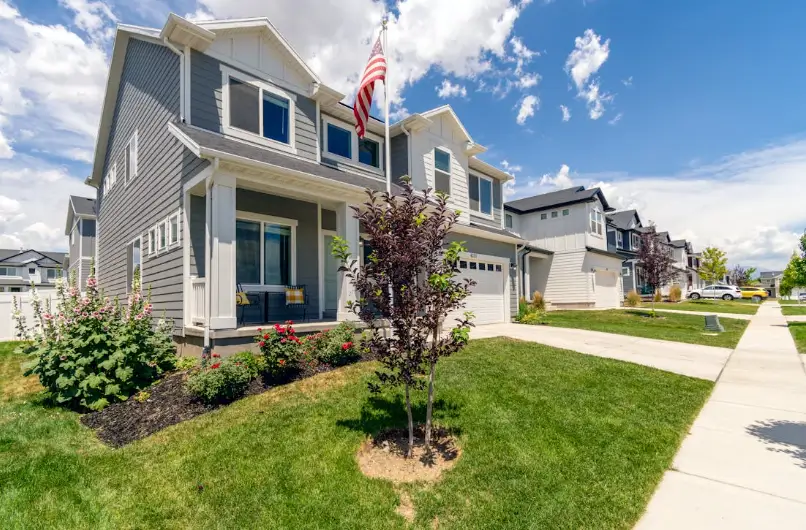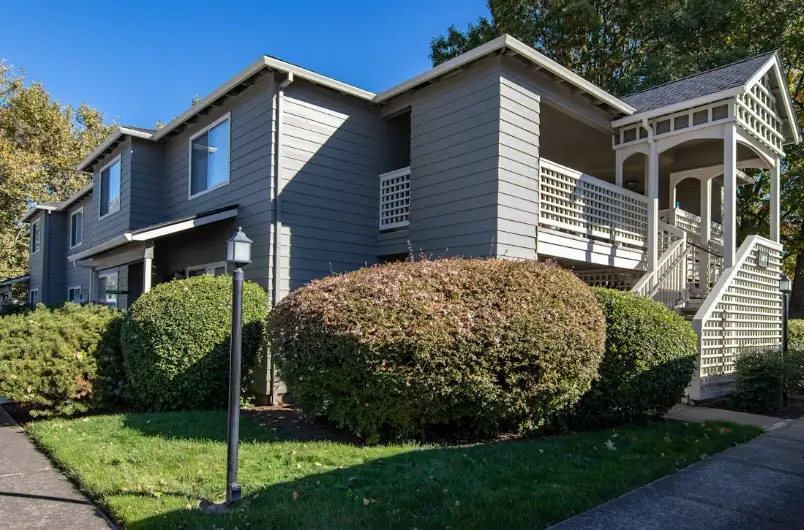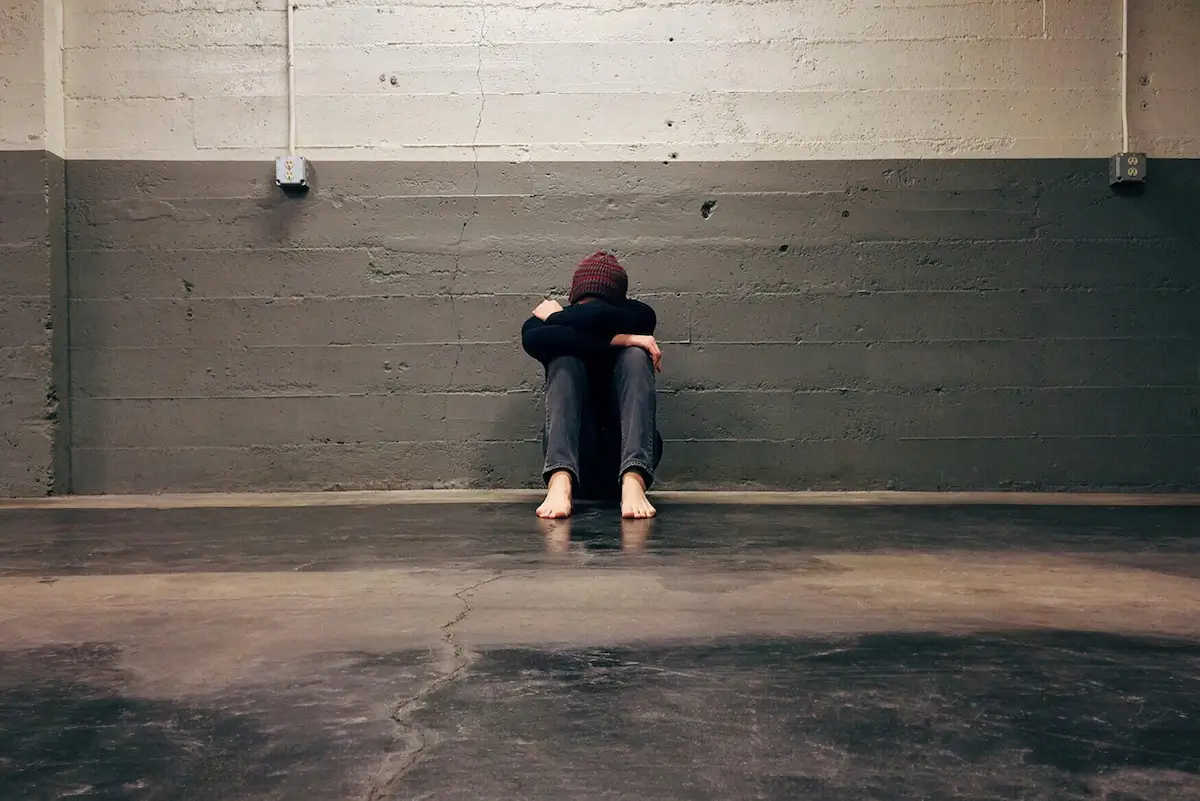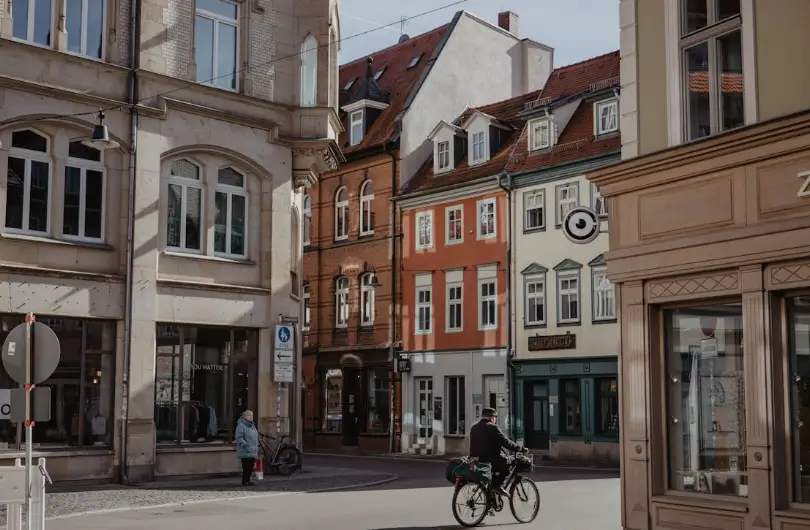What’s the Deal with Housing Diversity?
Most American neighborhoods look like they were built off a copy-paste command.
Same house, same setback, same story: three beds, two baths, and a mortgage that could double as a horror movie title.
We talk about affordability like it’s this mysterious crisis, but underneath it all, the real issue is sameness.
We’ve spent decades zoning for one kind of home, one kind of lifestyle, one kind of family.
And now, we’re shocked that not everyone fits.
The Disappearing Middle
Once upon a time (and not even that long ago), American neighborhoods came in flavors.
You’d see a bungalow next to a duplex, a fourplex across from a corner store, and maybe a small apartment building tucked behind a church.
You may be tempted to see this scenario as chaos. But it wasn't. Rather it was choice.
It meant teachers, retirees, young families, and single renters could all live on the same block.

Then came mid-century zoning reform, the kind that decided “neighborhood stability” meant banning anything that wasn’t a single-family home.
Poof. Gone were the duplexes, triplexes, and corner apartments.
The “missing middle” wasn’t lost; it was legislated out of existence.
What Housing Diversity Actually Means
Housing diversity isn’t a code word for skyscrapers or density bombs.
It’s about restoring options.
It means allowing small, flexible housing types to exist again:
- The accessory dwelling unit behind grandma’s house.
- The converted attic apartment.
- The corner duplex that doesn’t shout “multifamily.”
- The co-op, the cottage court, the shared courtyard homes that once made neighborhoods dynamic.
It’s not about forcing apartments on sleepy streets, it’s about letting cities breathe again.
Because when every housing choice is either “single-family house” or “giant complex,” the people who don’t fit either box get pushed out.
Why It Matters (and Who It Hurts)
When we lock entire cities into one kind of housing, we’re inherently designing exclusion.
Those zoning rules that sound harmless like “single-family only,” “minimum 10,000-square-foot lots,” “no accessory units”, quietly decide who gets to live where.
You end up with neighborhoods full of homes that cost more than most people will ever make in a year.
And when teachers, service workers, and first responders can’t afford to live where they work, community starts to erode.
Diversity, in people, in housing, in design, is what keeps neighborhoods alive.
Without it, they stagnate.

How We Got So Afraid of Variety
Somewhere along the line, “diversity” in housing started to sound like a threat.
We called it density. We labeled it blight. We assumed more people meant more problems.
But density isn’t the enemy.
It’s bad design, bad planning, and bad management that make density miserable.
We’ve been conditioned to see a duplex as an intrusion instead of an opportunity.
But walk through any historic neighborhood built before zoning took over, the mix is what makes it beautiful.
We used to understand that.
Now, we call it “nonconforming.”
The Politics of Sameness
Cities love to talk about affordable housing while enforcing rules that make it impossible to build.
We want “workforce housing,” but not that kind.
We love “mixed income,” as long as it doesn’t mean next door.

Every zoning map is a mirror of our fears. The fear of change, fear of property values, fear of difference.
Housing diversity challenges that. It forces communities to see inclusion as a physical reality in the house next door, in the person moving in, in the block that looks a little different.
So… What’s the Deal?
Housing diversity is the antidote to fragility.
It’s how cities stay adaptable, sustainable, and human.
It’s not just about lowering costs; it’s about widening the circle of who gets to belong.
When a city offers multiple ways to live, it builds resilience, economic, social, and emotional.
Because a neighborhood full of people in different stages of life can weather storms that a neighborhood without this diversity can.
Maybe the question isn’t “what’s the deal with housing diversity?”
Maybe it’s “what’s the cost of losing it?”
%20(1200%20x%20237%20px)%20(300%20x%2059%20px).webp)


.webp)


